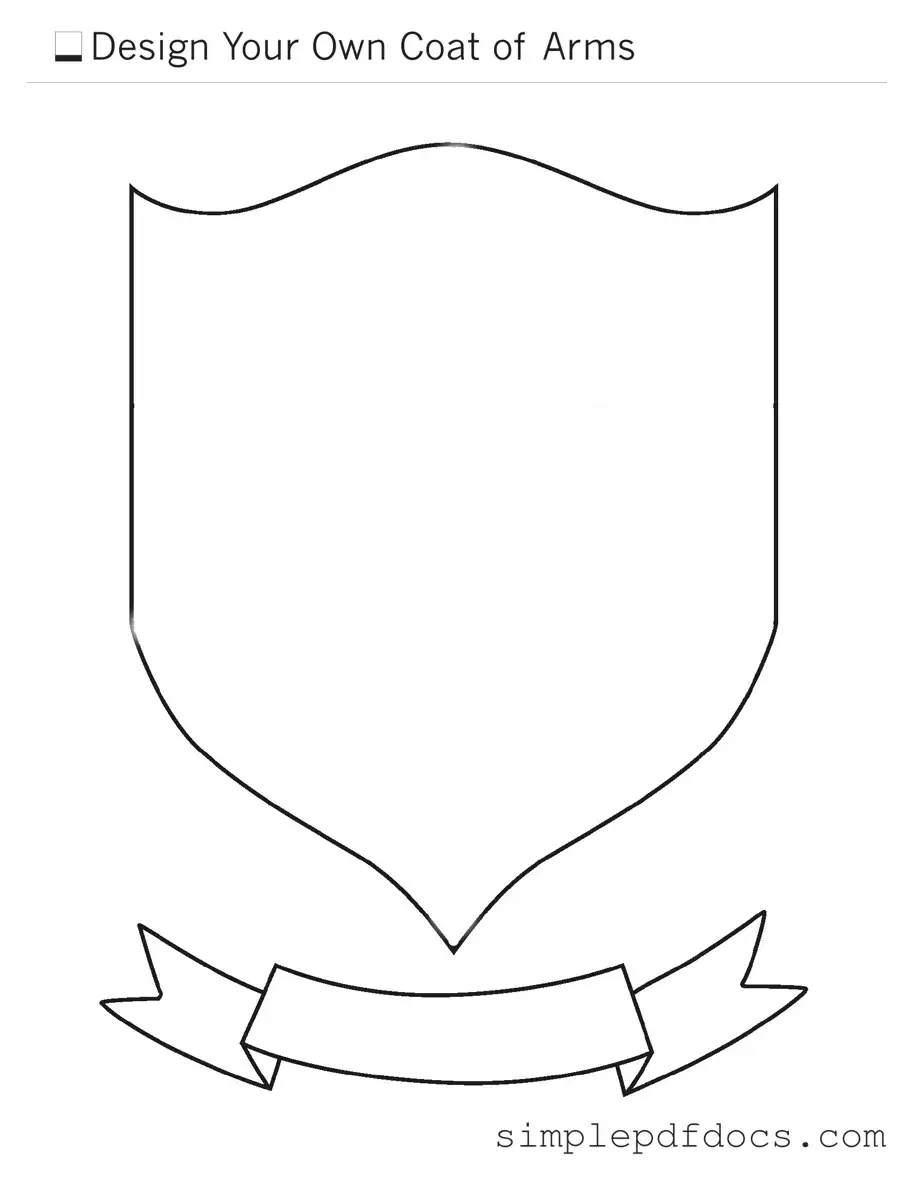Fill Your Coat Of Arms Form
The Coat of Arms form is a legal document used to request the creation or registration of a coat of arms, which symbolizes a family's heritage or an organization's identity. This form outlines the specific elements and designs that represent the applicant's values and history. Understanding how to properly complete this form is essential for anyone looking to establish their unique heraldic identity.
Get Document Here
